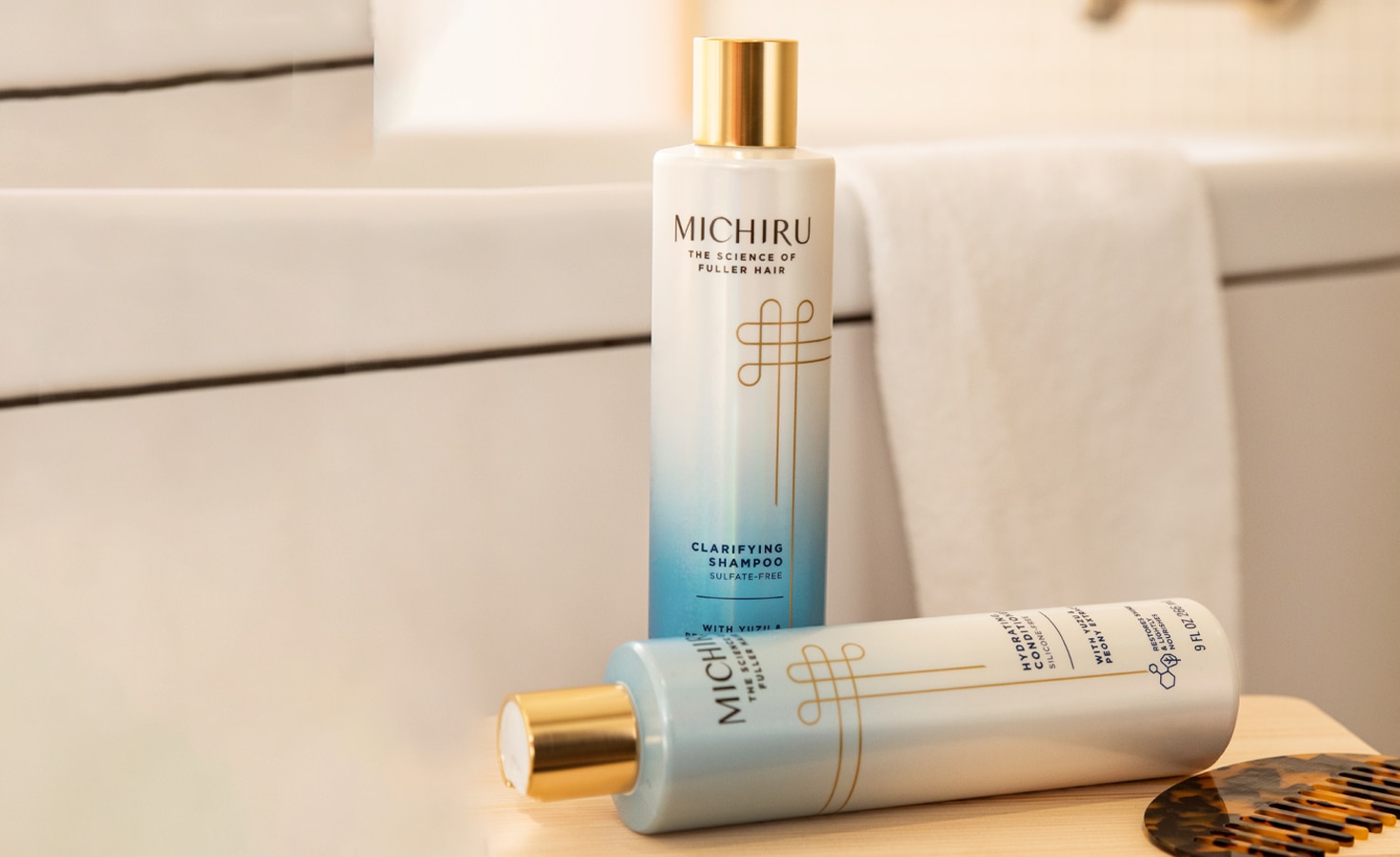If you are trying to grow long, healthy hair or just want to keep your hair looking and feeling its best, it’s important to understand the natural hair growth cycle. This cycle is made of four distinct stages, which can be affected by your age, nutrition, genetics, and general health. Understanding how the hair cycle and its stages work can help you better understand what’s happening to your own hair and develop a routine that works best for you.

ANAGEN: THE GROWING PHASE
The anagen phase is when cells in the root of hair rapidly divide to form and grow new hair. About 90% of your hair is in this growing phase right now. Along with being the first phase, the anagen phase is also the longest, lasting about 3-5 years for the hairs on your head. But this timing can vary and even last up to 7 years for people who are able to grow long hair.
CATAGEN: THE REGRESSION PHASE
Also known as the transition phase, catagen begins after a new strand of hair is fully formed and signals the end of hair growth. During this short phase, typically lasting about 10 days, the follicles shrink, and individual hairs separate from the cells that produce new hair. About 5% of your hair is in the catagen phase right now.
TELOGEN: THE RESTING PHASE
Telogen is an inactive stage that lasts about 3-5 months per strand. During this resting phase, hair is no longer growing, and strands are nearly completely detached from the follicles. Hairs will not grow in this phase but aren’t ready to fall out either. About 10-15% of your hair is in the telogen phase right now.
EXOGEN: THE SHEDDING PHASE
The final stage of the hair growth cycle, the exogen phase is when hair strands are completely released from their follicles and fall out. These are the hairs you see in your hairbrush or in the shower after washing your hair. This phase can last about 2-5 months and it is completely normal to lose about 50-100 strands of hair each day. As these hairs shed, new hairs can begin to grow in their place.
Now that you know the phases of the hair growth cycle, it can help you understand the difference between natural hair shedding and abnormal hair loss or thinning. Often after major shocks to your body like illness, surgery, extreme stress, or giving birth, your body may send a signal to hair follicles prompting them to convert hairs from the anagen phase to telogen phase. This cuts the growing phase short and results in excessive shedding in the coming months. There are also underlying conditions like certain vitamin deficiencies or thyroid disease that can adversely affect your hair growth cycle, so it is important to discuss any changes in hair growth with your doctor.
One way you can proactively promote a healthy hair growth cycle is by caring for your scalp. A healthy, balanced scalp is optimal for healthy hair growth and scalp conditions that cause dandruff or excess oil production can clog hair follicles and impede the anagen phase. You can work with your doctor or dermatologist to diagnose any scalp conditions and create a scalp care routine that works best for you to promote healthy hair growth.
Related Articles
RELATED
PRODUCTS
- slide 1
- slide 2
- slide 3







